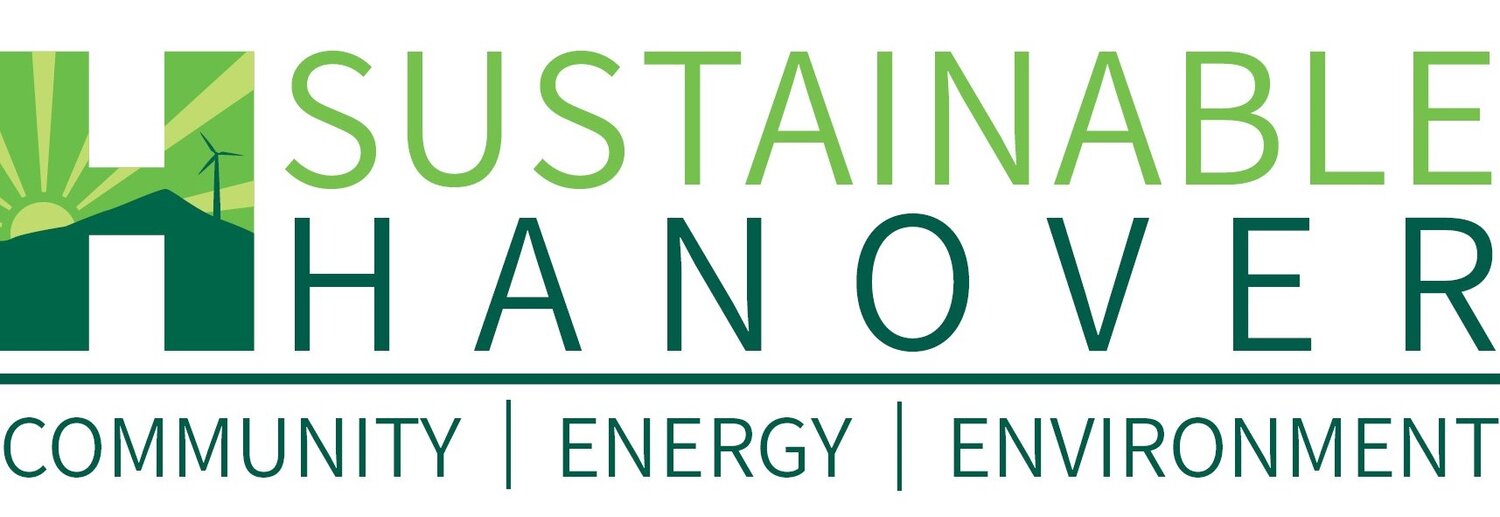WHO KNEW the Answer to Reversing Global Warming Could Be Under Your Feet?
According to geologist David R. Montgomery, author of, Growing a Revolution: Bringing Our Soil Back to Life, the surface of the earth has about 1 to 2 feet of topsoil. Since people began agricultural practices millennia ago, we’ve degraded between 1/4 to 1/3 of the world’s potential agricultural land and could see another 1/3 degrade by the end of this century.
How does this happen? Mostly through tilling. Tilling the earth reduces nutrient rich soil into lifeless dirt and, eventually, desert. As the soil becomes less and less productive, fertilizers and herbicides are added, which contribute to the demise of the soil (https://www.nature.org/en-us/about-us/where-we-work/latin-america/stories-in-latin-america/transforming-agriculture-to-unleash-the-regenerative-power-of-na/).
Furthermore, tilling releases CO2 into the atmosphere. According to the Yale School of the Environment, it is estimated that 133 billion tons of CO2—about ¼ of all human-induced CO2 since the Industrial Revolution—has been released from soils on a global scale and that technological advancements over the last century have increased the amount released (https://e360.yale.edu/features/can-carbon-smart-farming-play-a-key-role-in-the-climate-fight).
This brings us to regenerative agriculture. According to the Nature Conservancy, “Regenerative agricultural practices can replenish the soil on the world’s existing croplands and pastures, conserve the water and rich biodiversity of surrounding areas, and change the agriculture sector from a greenhouse gas emitter to a climate change solution”. King Arthur Baking in Norwich, which aims to source 100% of their flour from regeneratively grown wheat by 2030, describes regenerative agriculture on its website as “a step up from sustainability — a way to shift agriculture from being part of the climate problem to being part of the solution. Examples of regenerative agriculture practices include cover cropping and crop rotations, minimizing inputs, no/limited tillage, and affordability and accessibility of crops.”
It's important to note that Indigenous peoples traditionally used regenerative agricultural practices and maintained a resilient and sustainable ecosystem. And while a lot of the articles listed here refer to large-scale agriculture, you can use regenerative gardening techniques in your own backyard to improve the health of your soil. (https://www.regenerativefarmersofamerica.com/regenerative-farmers-of-america-blog/regenerative-practices-you-can-use-on-a-small-farm-or-backyard)
There is a lot of material out there on this topic. Here are some great resources, including two inspirational and award-winning documentaries, Kiss the Ground, and The Biggest Little Farm:
https://columbiainsight.org/shepherds-grain-wants-a-no-till-future-heres-why/
https://kissthegroundmovie.com
https://www.biggestlittlefarmmovie.com
https://www.weforum.org/agenda/2022/10/what-is-regenerative-agriculture/
https://www.eesi.org/articles/view/the-sustainable-roots-of-indigenous-agriculture
